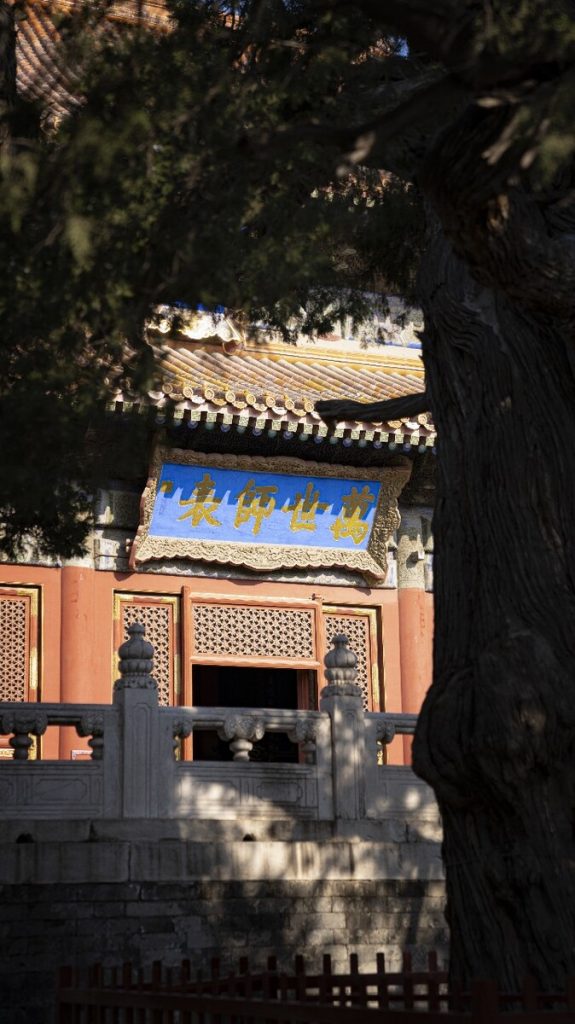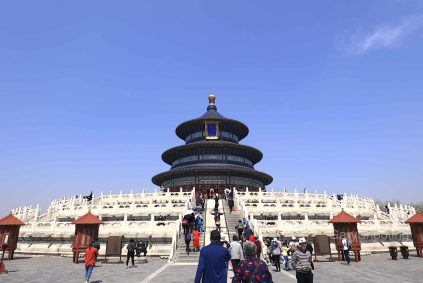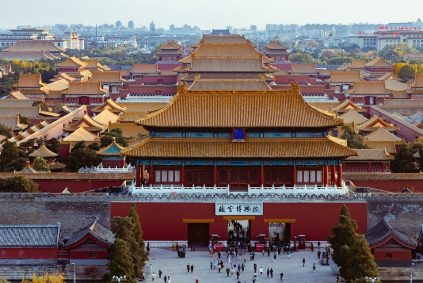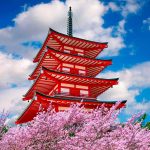Cultural Highlights of the Beijing Confucius Temple and Guozijian Museum
Nestled in Beijing’s Dongcheng District, the Beijing Confucius Temple and Guozijian Museum form a historic complex dedicated to education, philosophy, and imperial governance. As the second-largest Confucius temple in China and the former national academy, this site offers a profound glimpse into the intellectual and cultural foundations of traditional China. Below are key cultural attractions within the complex that reflect its enduring legacy.
The Dacheng Hall: The Spiritual Heart of Confucian Worship
Dacheng Hall, or the Hall of Great Achievement, stands as the central structure of the Confucius Temple. Built during the Yuan Dynasty (1271–1368) and later expanded under the Ming and Qing emperors, it served as the primary venue for ritual ceremonies honoring Confucius. Inside, a towering statue of the philosopher sits beneath a golden canopy, flanked by statues of his most revered disciples. The hall’s architecture embodies Confucian ideals, with symmetrical layouts, intricate wooden carvings of dragons and phoenixes, and inscriptions of classical texts on beams and pillars. During annual commemorations, scholars and officials still gather here to perform traditional rites, underscoring the site’s role as a living cultural tradition.
The Thirteen Confucian Classics Steles: A Monument to Ancient Knowledge
Adjacent to Dacheng Hall lies a corridor lined with 189 stone steles, collectively known as the Thirteen Confucian Classics. Carved during the Qing Dynasty (1644–1912), these steles preserve the complete texts of foundational Confucian works, including the Analects, Mencius, y The Book of Rites. Each stele stands over 3 meters tall and features meticulous calligraphy, reflecting the emperor’s desire to standardize and disseminate Confucian teachings. The corridor itself is designed to evoke a scholarly journey, with stone tables and benches inviting visitors to pause and reflect on the timeless wisdom inscribed on the stones. This collection remains one of the most comprehensive physical records of Confucian philosophy in existence.
The Guozijian: China’s Imperial Academy and Center of Learning
The Guozijian, or Imperial College, served as China’s highest educational institution for over 700 years, from the Yuan to Qing dynasties. Its campus features traditional courtyards, pavilions, and lecture halls where emperors, scholars, and students once engaged in debates and lectures. The Biyong Hall, a circular building at the center, symbolizes the unity of heaven and earth, with a marble platform surrounded by a moat. Here, emperors occasionally delivered lectures to demonstrate their commitment to learning. The academy’s library housed rare manuscripts and maps, while its dormitories accommodated students from across the empire. Today, reconstructed classrooms and displays of ancient textbooks and examination papers offer insight into the rigorous academic system that shaped China’s elite.
The Jixian Gate and Pailou Arches: Symbols of Scholarly Achievement
The entrance to the Guozijian is marked by the Jixian Gate, a grand gateway named after a legendary scholar who symbolized intellectual virtue. Beyond it, a series of ornate pailou (memorial arches) stand as tributes to academic excellence. These arches, inscribed with phrases like “Universal Civilization” and “Model for All Ages,” were traditionally erected to honor individuals who excelled in imperial examinations or contributed to Confucian scholarship. Their intricate designs—featuring carvings of clouds, dragons, and lotus flowers—reflect the high value placed on education in imperial China. Walking beneath these arches, visitors trace the path of ancient scholars who aspired to uphold moral and intellectual standards.
The Beijing Confucius Temple and Guozijian Museum thus serve as a bridge between China’s imperial past and its contemporary cultural identity. By preserving architectural marvels, philosophical texts, and educational traditions, the site continues to inspire respect for learning, ethics, and social harmony—values at the core of Confucian thought.
















